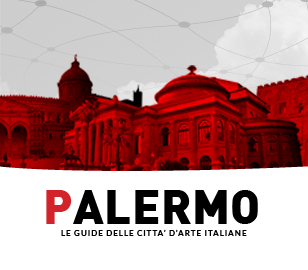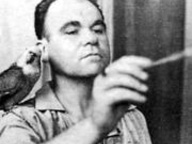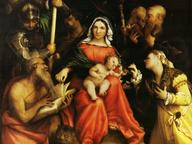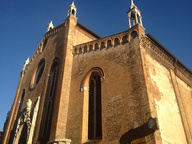Giambattista Tiepolo
Venice 05/03/1696 - Madrid 27/03/1770
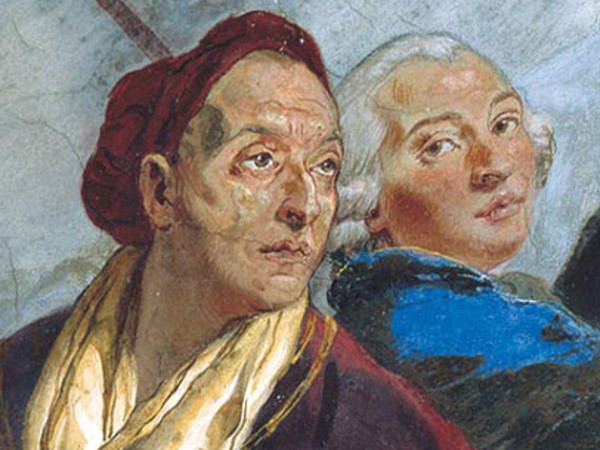
Having trained in Venice in the workshop of Gregorio Lazzarini, in 1717, Tiepolo was already registered with the guild of Venetian painters and it is therefore possible that he was already working independently by this time. In 1719, he secretly married Maria Cecilia Guardi, the sister of painters Francesco and Giannantonio. Together, they would have ten children. At Udine in 1726, he would execute the frescoes for the Chapel of the Holy Sacrament in the cathedral as well as those for the castle and the Patriarchal Palace, proving his ability to create extraordinary compositions, which led him to work all over Europe: from Venice, with the Palazzo Labia and Ca’ Rezzonico, to Milan and on to the huge undertaking that was the Residence of Carl Phillip of Greiffenklau in Wurzburg, with his Scenes from the Life of Frederick Barbarossa (1750-53). Yet Tiepolo was also an outstanding painter of religious subjects and produced extraordinary masterpieces throughout his career, from the Jesuits church to Sant’Alvise to the Scuola dei Carmini, also in Venice. His universal fame brought him a commission painting the frescoes of the Villa Pisani at Stra in 1760, which he completed before leaving for Madrid, where Tiepolo had been summoned by Charles III to decorate the rooms of the new royal palace, and where he died in 1770.
Works of art
-
Pinacoteca Palazzo Chiericati
-
Mercurio ordina ad Enea di lasciare Cartagine
Villa Valmarana ai Nani




